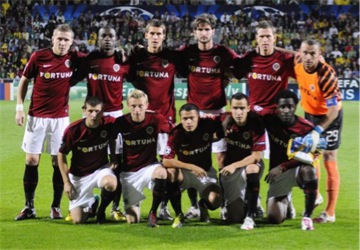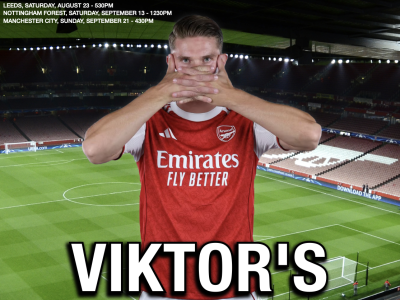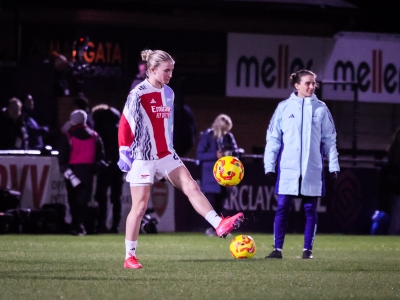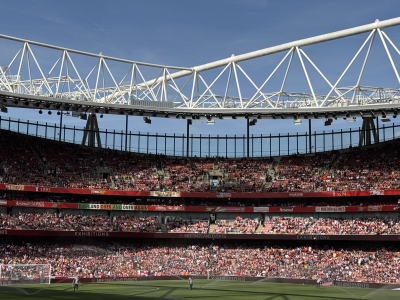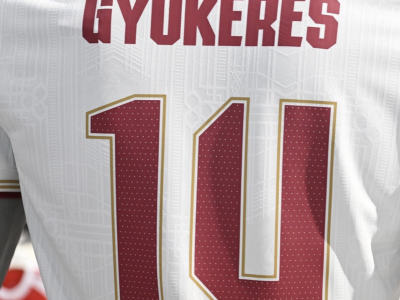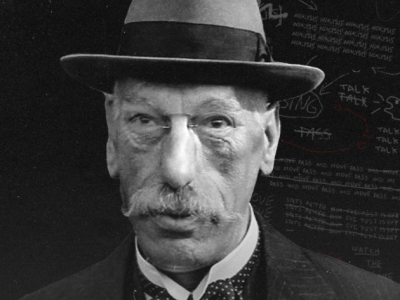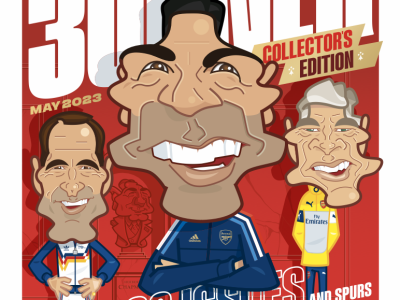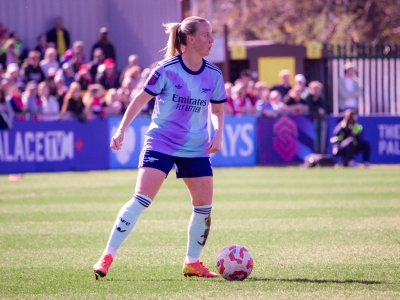Long before Alisher Usmanov, Arsenal have had affiliations in the territory which formerly lay on the other side of the iron curtain. The first came a good 11 years before the dawn of Russia’s Communist era, in 1906 when Czech side Sparta Prague’s president Dr Petric on a visit to London took in a Woolwich Arsenal game down in Plumstead and had been inspired to adopted Arsenal’s then Redcurrent kit as their own, which to this day are still Sparta Prague’s colours. More famously in 1945, in the immediate post war period a bombed out Arsenal playing their home matches at White Hart Lane took on the might of the famous Moscow Dinamo side during their UK tour to promote good will between what were war time allies – Britain and the USSR. Their captain Mikhail Semichastny had stated hopefully that ‘by clean sport we can strengthen our wartime friendship’, however the world had moved on from WW2 into what was now the dawn of the 45 year era of mutual paranoia that would become known as the ‘cold war’. As Churchill would remark, the so-called iron curtain had descended from Settin in the Baltic to Trieste in the Adriatic with the communist bloc to the east and what would come to be referred to as free west on the other side. The encounter between the two sides came to be described by George Orwell as ‘War minus the shooting’ and despite Semichastny’s optimism, would do little for East-West relations.
The Russians noses had been put out of joint by Arsenal’s selection of guest players Stanley Matthews and Stan Mortensen; however Arsenal had seven first team regulars still serving in the forces in such far flung parts of the globe as continental Europe, Palestine, India and the Far East. According to official documents released 30 years on, the two Stans were called up to face Moscow Dinamo by Royal appointment and informed this was a must win game for the Arsenal for political reasons. The match was practically billed as ‘Captialism v Communism’ on both sides of the divide with portrayals of Arsenal boss George Allison circulating in the Russian press as a villainous and xenophobic spiv. Visibility on the night had been extremely poor due to a foggy White Hart Lane and according to many reports this had hidden a multitude of sins, such as Dinamo having twelve players on the field of play and bias from a Russian referee appointed on Dinamo’s insistence who it is claimed would have abandoned the game if Arsenal’s 3-1 lead would have been extended in the second half, as well as wrongly disallowing an Arsenal goal for handball. In the end Dinamo ran out 4-3 winners and won plaudits for their style of play from none other than journalist and former Arsenal star Charlie Buchan.
However, despite the fall-out from the Dinamo encounter links remained strong. It had been Arsenal’s turn to head to Moscow eight years later but were humbled in a 5-0 defeat. Also, in the years since quite a few sides in the former Soviet sphere of influence have sprung up who have named themselves in honour of North London’s finest. In the former Yugoslavia is the Serbian side FK Arsenal Kragujevac who sport Red and White sleeved shirts, as do FK Arsenal Tivat of the Montenegro third division. Tivat however go the extra mile with a 2006 style Redcurrent away kit. Back in the USSR, one hundred miles south of Moscow is the industrial city of Tula, whose main claim to fame had been the fact that it had been the home and final burial place of writer Leo Tolstoy, as well as the founding of FC Zenit Tula in 1946. After several name changes the side finally settled on FC Arsenal Tula in 1984, no doubt related to the fact that during the Second World War the city of Tula had been an important centre in the production of armaments. FC Tula Arsenal play their home games in the familiarly named Arsenal stadium, which is 20,000 in capacity. Much of their history has been spent in the second tier of Soviet football, but however are currently playing in the Russian Amateur Football League. This is the fourth tier of Russian football, which despite the name is more accurately described as a semi-professional league.
Over in the Ukraine there are two sides who have adopted the Arsenal name, FC Arsenal Kyiv had won the Ukrainian championship in 1958 but were renamed ‘Temp Kyiv’ in 1963. The name had been reprised in 2001 from the ashes of former army side CSCA Kyiv who had lost their funding from the ministry of defence. The municipal government of Kiev had bought and changed the side’s name from CSCA to Arsenal. Despite being in the top flight of Ukrainian football since 2001, the municipal government had decreased funding year on year to the point where the side faced financial ruin. The club were threatened with demotion in 2007, however were then purchased and saved by oligarch and Ukrainian Jewish Congress leader, Vadym Rabynovich. Their controversial new owner initially earned his fortune from his furniture import business and later from natural gas, though had previously been convicted of various crimes, stripped of his Ukrainian citizenship and forced to obtain Israeli citizenship as a result. His convictions however were later reversed and his Ukrainian citizenship hence restored.
Ukraine’s second Arsenal side are FC Arsenal Kharkiv, formed in 1998. Kharkiv is historically the industrial heartland of the Ukraine, particularly defence industries such as the building of tanks and aircraft hence why as with Tula, Arsenal appears to be an apt name for a football club based in the city of Kharkiv. The side were promoted to the Ukrainian Premier League in 2005 and changed its name to FC Kharkiv after the club had been bought by new management. In 2010 they had failed attestation due to submitting falsified documents to the Ukrainian Football Association and hence had their professional licence revoked. After 2005 the Arsenal name continued to live on through a re-established club in the Ukrainian third tier until they withdrew in 2009; however their youth sides continue to compete in regional competitions in the Kharkiv Oblast area of the Ukraine. So rather like the North London outfit who inspired their name, it seems that FC Arsenal Kharkiv show a preference for playing the youth game instead of looking to meaningful competition!
(Ed’s note – Part One can be found here).

